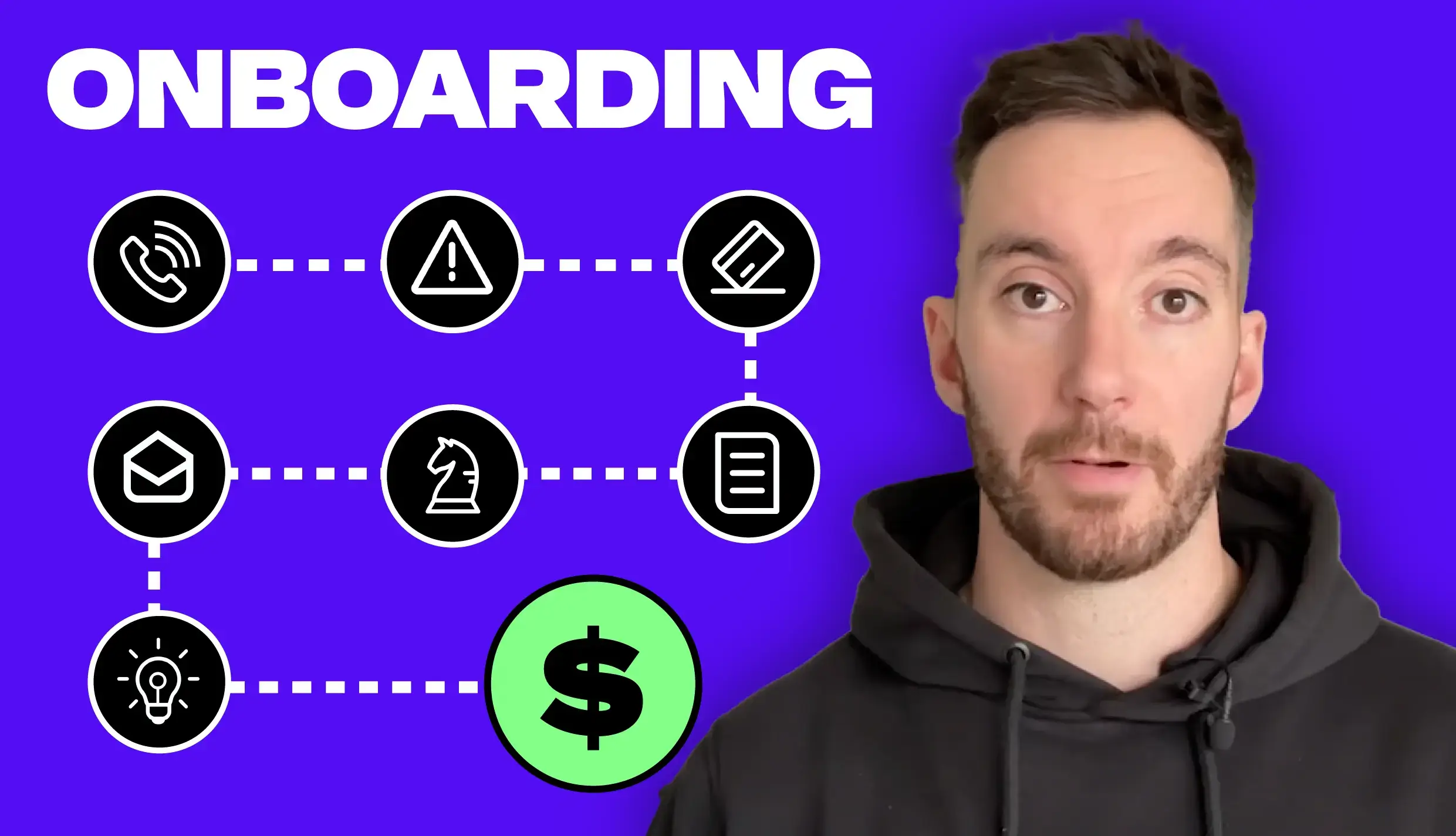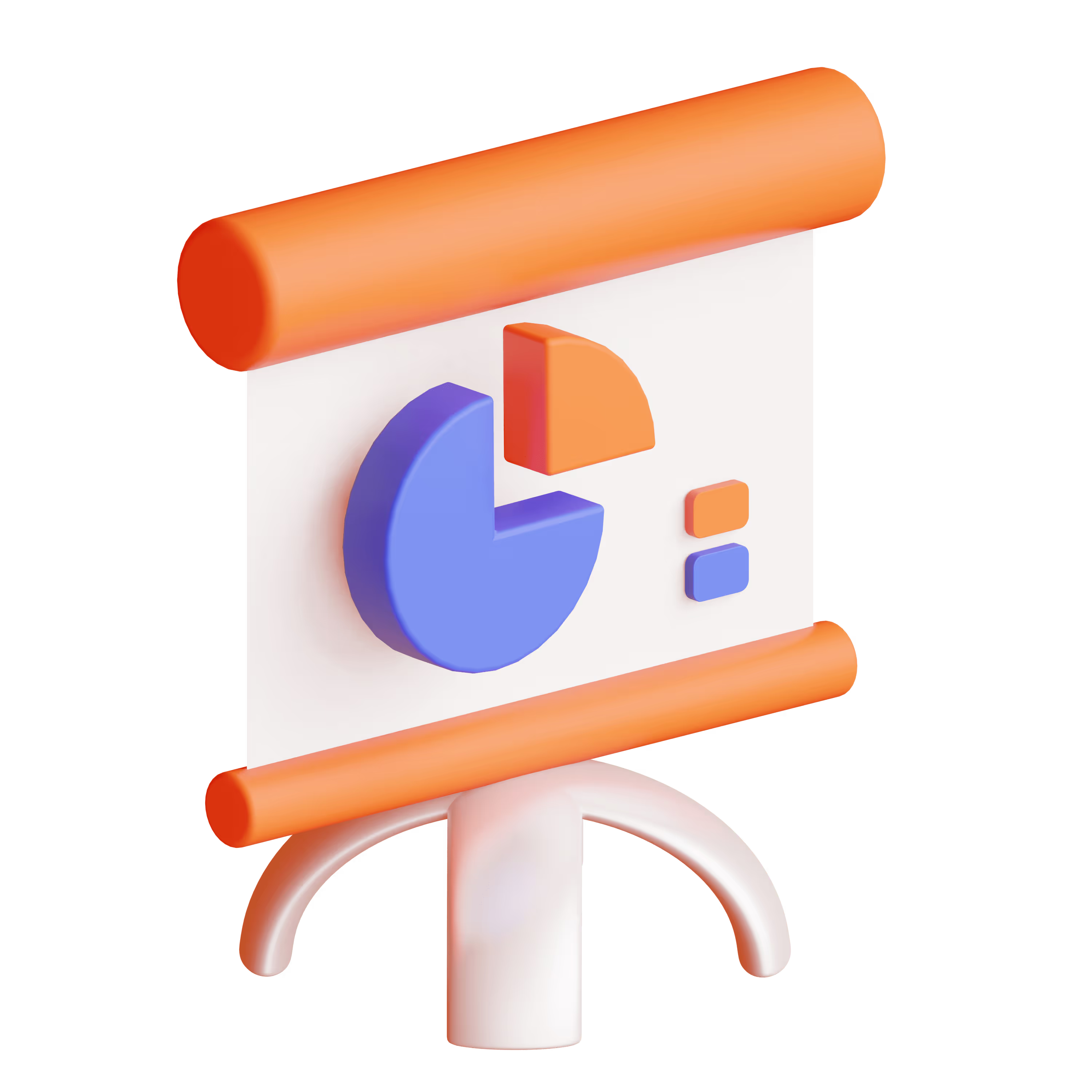We understand that things happen and situations change, but we hope you had a good experience with us!
Unfortunately, once a member leaves you can no longer reapply to join again down the road.
Are you sure you want to leave us?
.svg)
Onboarding Web Design Clients Like a Pro
Tristan shares his entire onboarding process to help kickoff client projects.

This training will cover onboarding process for web design clients
By the end of this training, you will have a better understanding of what onboarding is, where it sits within the web design process, and how to create your own onboarding process to impress your clients
Defining Onboarding:
The process of adjusting new web design clients to your business. Is one of the most fundamental steps within the entire web design process.Includes the following elements:
- Process
- Concerns
- What to expect
- Goal: make client feel comfortable in your ability and be confident they made the right choice working with you
- Typical web design process:
- Outreach
- Sales
- Onboarding
- Design
- Development
- Go live/offboarding
- A lot of designers focus too much on outreach/sales and design/development phases, but forget about onboarding
- A lot designers start out with a messy onboarding process, full of too many emails, stressful for everyone involved. Want to avoid this! And make you look good to your clients 🙂
What good onboarding gives you:
- Commitment (agreement and payment)
- Adjusts new web design customers to your business
- Informs them about your process (so they are not confused about next steps)
- What to expect when they are working together (setting expectations from the start)
- Addresses any concerns they may have (common FAQs)
- How they should communicate with you (which channels and times)
- Gather/recap information (requirements and goals)
- Access customer brand assets (logos, images, text)
- Resources (free guides and tools)
Onboarding process
- Invoicing/getting paid
- Strongly recommend taking some sort of payment, 25%, 50% deposit, or even all upfront
- Use invoicing tool that includes a payment gateway
- Bonsai, Stripe, PayPal
- A client paying an invoice (in full or a deposit) is a financial commitment from them = they’re invested and serious)
- Contract agreements
- You always need to have a service agreement, no matter who you’re working with
- Recommend using a digital signature tool because it’s simpler
- Bonsai, Dropbox Sign, Panda Sign
- Outlines payment terms, deliverables, timeline, what happens if you want to cancel or if they want to cancel, etc.
- Questionnaire
- Single source for collecting all client information and requirements
- On average takes client about 15 minutes to complete
- We can use a questionnaire style form to get everything you NEED
- Make sure it is as few steps and questions as possible (DON’T overwhelm)
- The aim is to collect client details, project goals, key stakeholders, their customers persona and website inspiration
- Accessing customer assets
- This can be achieved in the “Questionnaire” steps using Google Forms, but sometimes clients will send separately
- Collecting logos, branding documents, texts, images
- Also gaining access to current website, Google Analytics and other things that we need
- Welcome email
- Often the next point of communication after they agree to work with you
- Don’t overcomplicate it
- Again keep it as short as you can, but include all the important steps
- The main aim here is quickly guide them through steps 1-4 so you can get what you need
- Welcome them to your business, mention their goals for this project
- Recently introduced custom Notion dashboard portal as welcome guide for customer
- Welcome video
- Recap of project info
- Gathering customer information and brand assets
- Process
- Guides and setting expectations
- Process and timelines
- Wrapping it up - things to note
- Keep it simple!
- Clearly explain what you need the client to do
- Make sure you have the information you need to do a good job
- Be mindful of the client’s time
- Automate repetitive steps


